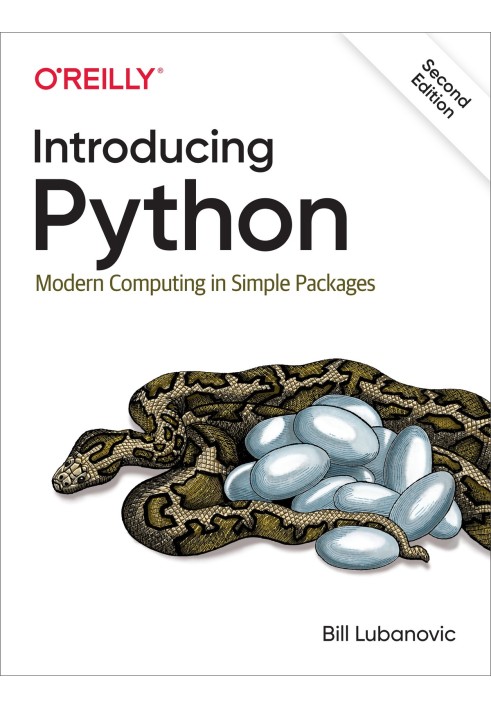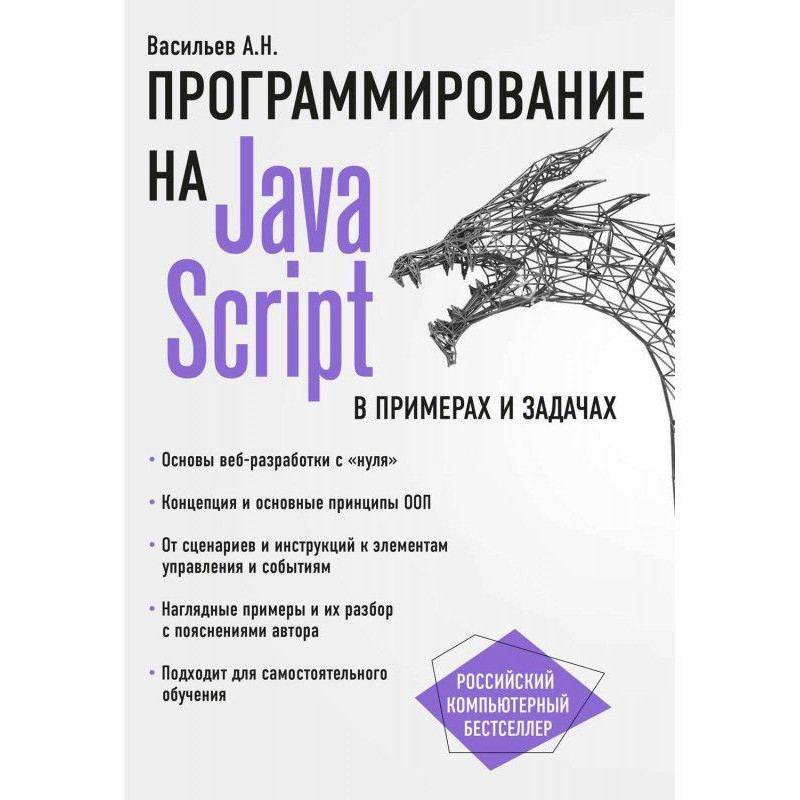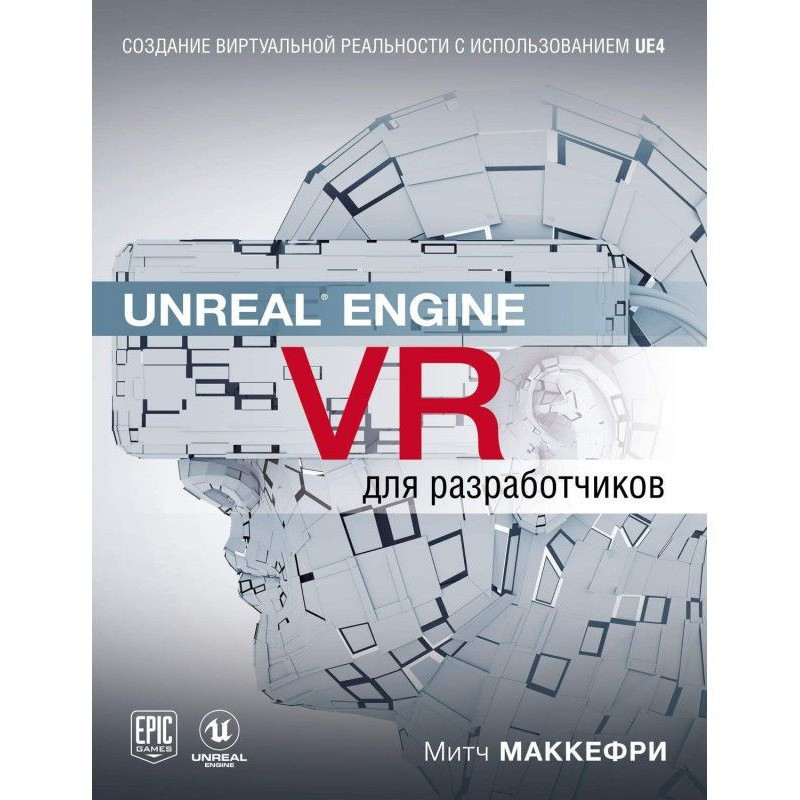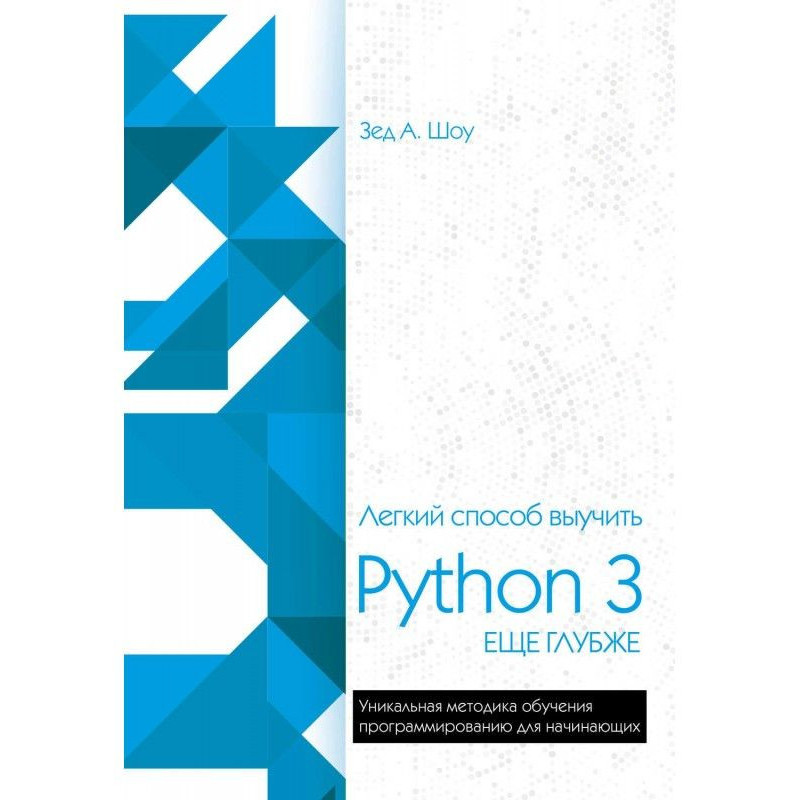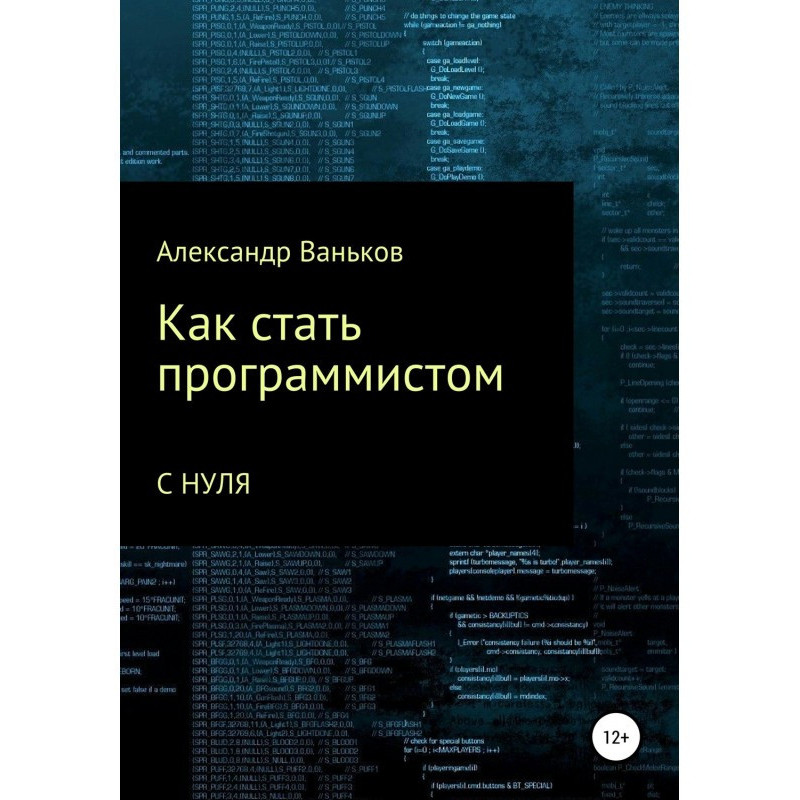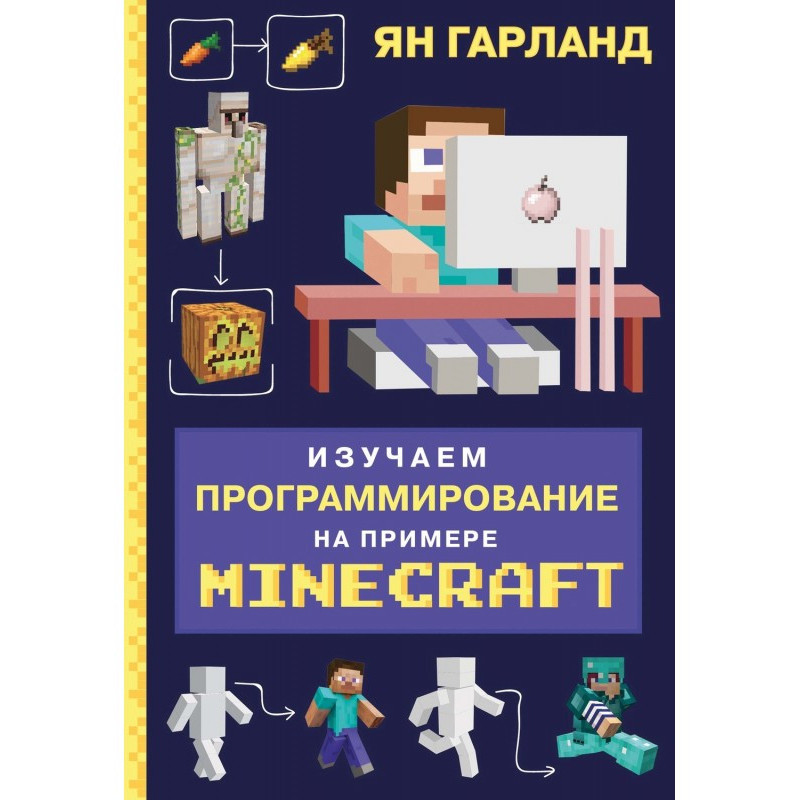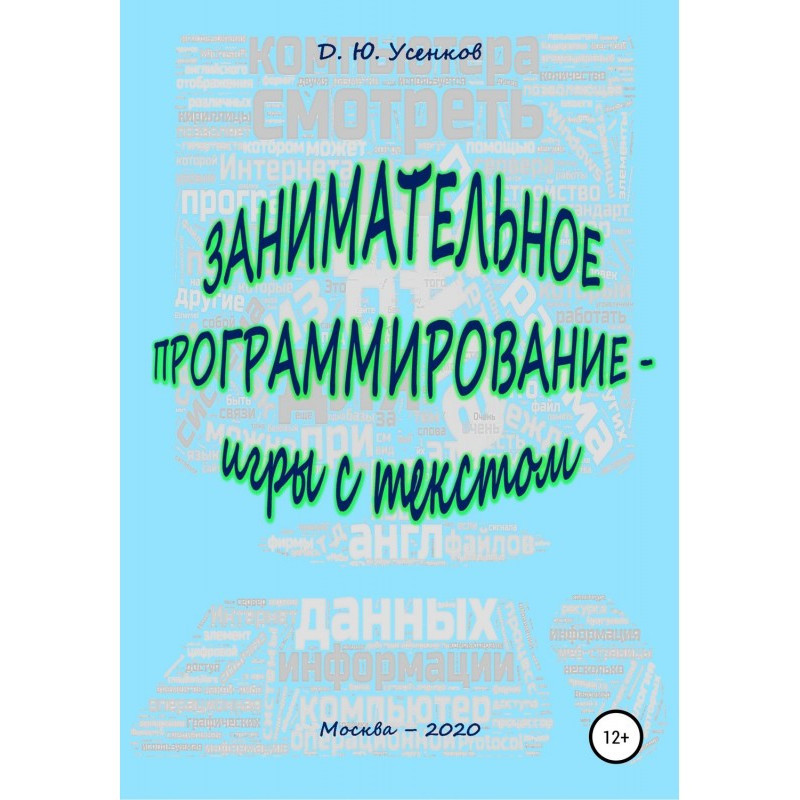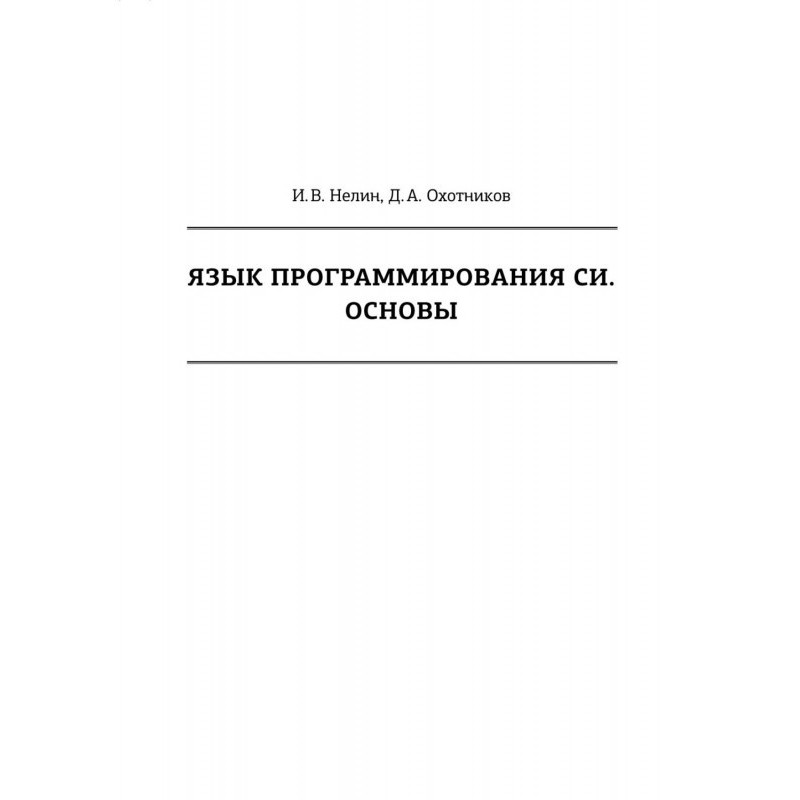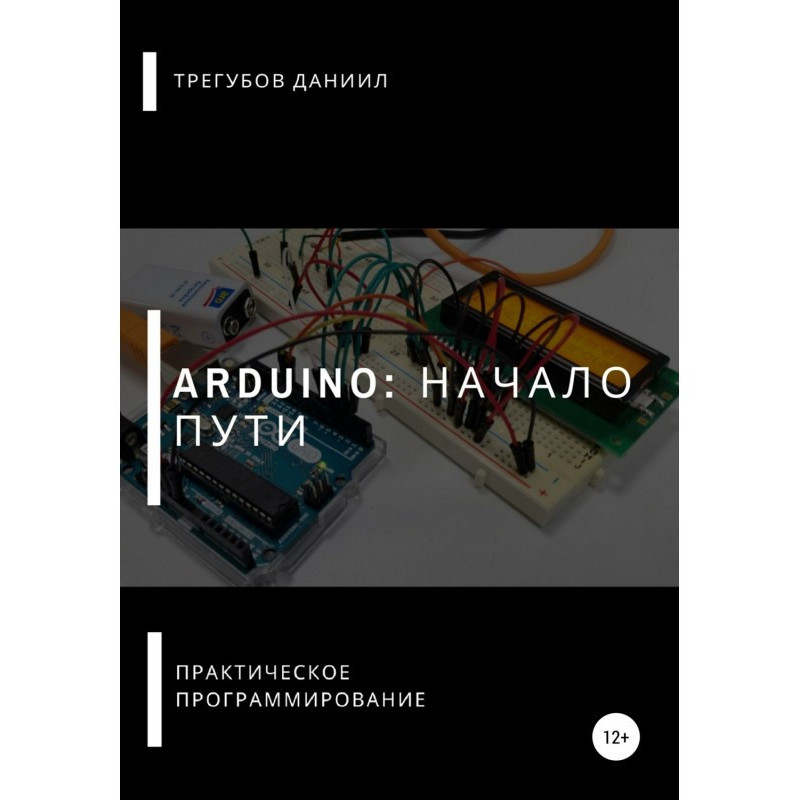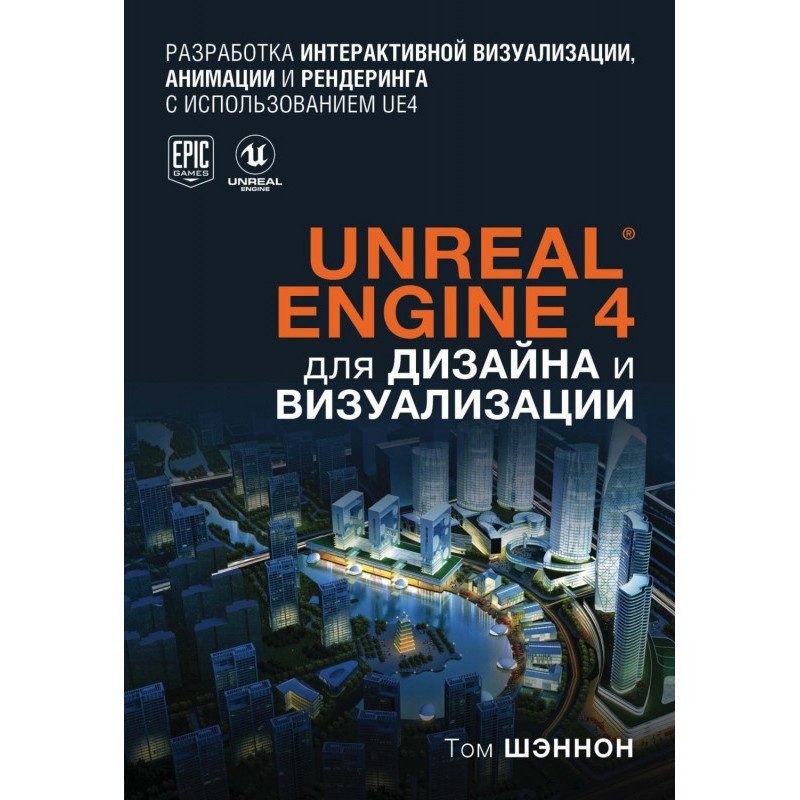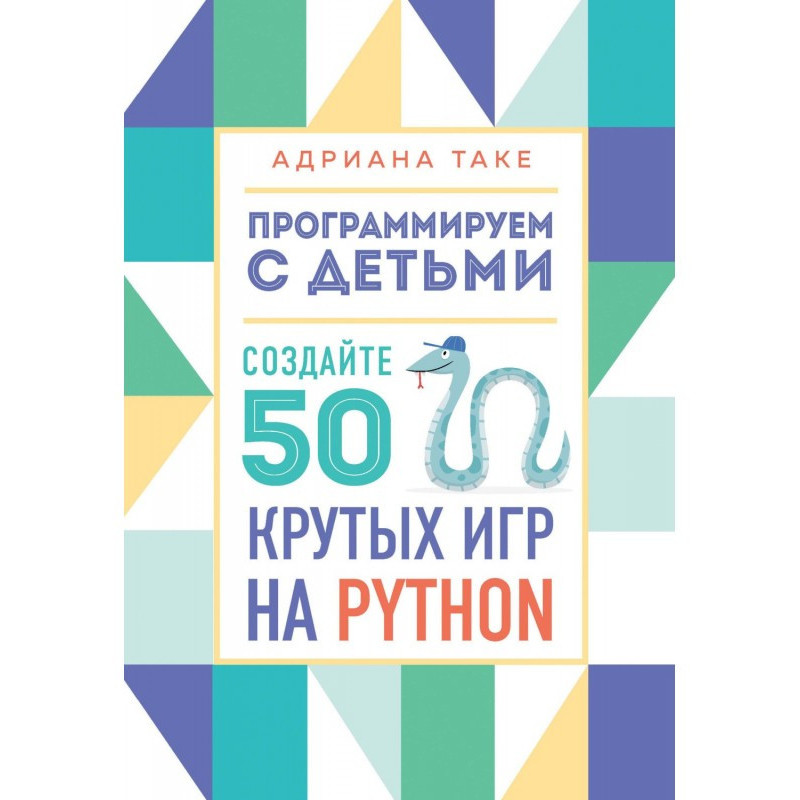Introducing Python
 Instant download
Instant download
after payment (24/7)
 Wide range of formats
Wide range of formats
(for all gadgets)
 Full book
Full book
(including for Apple and Android)
As the title promises, this book will introduce you to one of the world’s most popular programming languages: Python. It’s aimed at beginning programmers as well as more experienced programmers who want to add Python to the languages they already know.In most cases, it’s easier to learn a computer language than a human language. There’s less ambiguity and fewer exceptions to keep in your head. Python is one of the most consistent and clear computer languages. It balances ease of learning, ease of use, and expressive power.Computer languages are made of data (like nouns in spoken languages) and instructions or code (like verbs). You need both. In alternating chapters, you’ll be introduced to Python’s basic code and data structures, learn how to combine them, and build up to more advanced ones. The programs that you read and write will get longer and more complex. Using a woodworking analogy, we’ll start with a hammer, nails, and scraps of wood. Over the first half of this book, we’ll introduce more specialized components, up to the equivalents of lathes and other power tools.You’ll not only learn the language, but also what to do with it. We’ll begin with the Python language and its “batteries included” standard library, but I’ll also show you how to find, download, install, and use some good third-party packages. My emphasis is on whatever I’ve actually found useful in more than 10 years of production Python development, rather than fringe topics or complex hacks.Although this is an introduction, some advanced topics are included because I want to expose them to you. Areas like databases and the web are still covered, but technology changes fast. A Python programmer might now be expected to know something about cloud computing, machine learning, or event streaming. You’ll find something here on all of these.Python has some special features that work better than adapting styles from other languages that you may know. For example, using for and iterators is a more direct way of making a loop than manually incrementing some counter variable.When you’re learning something new, it’s hard to tell which terms are specific instead of colloquial, and which concepts are actually important. In other words, “Is this on the test?” I’ll highlight terms and ideas that have specific meaning or importance in Python, but not too many at once. Real Python code is included early and often.
Data sheet
- Language
- English
Reviews
Чудове введення в світ програмування на Python!
Ця книга є відмінним ресурсом для тих, хто хоче зробити перші кроки у вивченні Python, а також для тих, хто вже має досвід у програмуванні, але бажає розширити свої знання. Автор майстерно пояснює складні концепції, роблячи їх зрозумілими та доступними для читача. Я особливо оцінив структуру книги, яка поступово вводить нові теми, починаючи з основ і поступово переходячи до більш складних аспектів, таких як бази даних та машинне навчання. Завдяки практичним прикладам та зрозумілим поясненням, читач може швидко почати писати свій код і бачити результати своєї роботи. Книга також містить корисні поради щодо використання сторонніх бібліотек, що робить її ще більш цінною. Я рекомендую цю книгу всім, хто хоче освоїти Python, незалежно від рівня підготовки. Вона дійсно відкриває двері до світу програмування!

